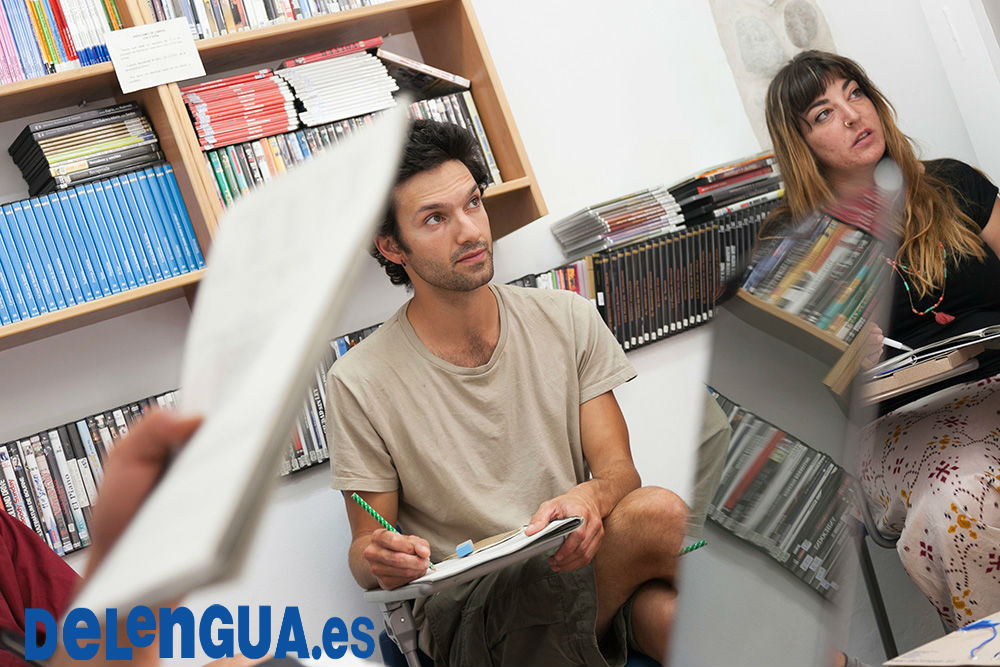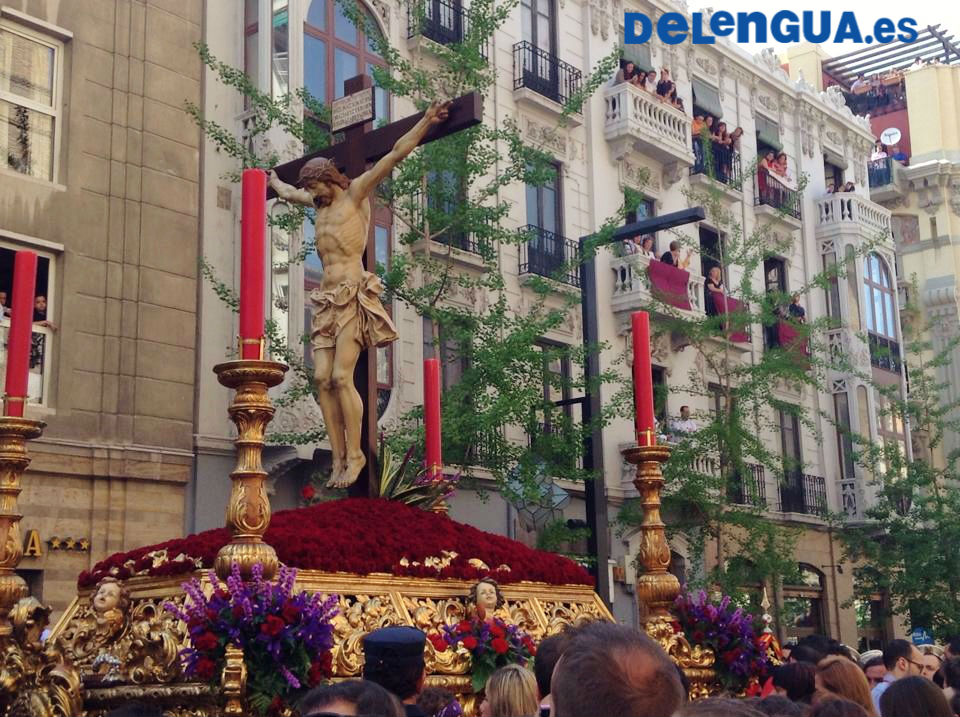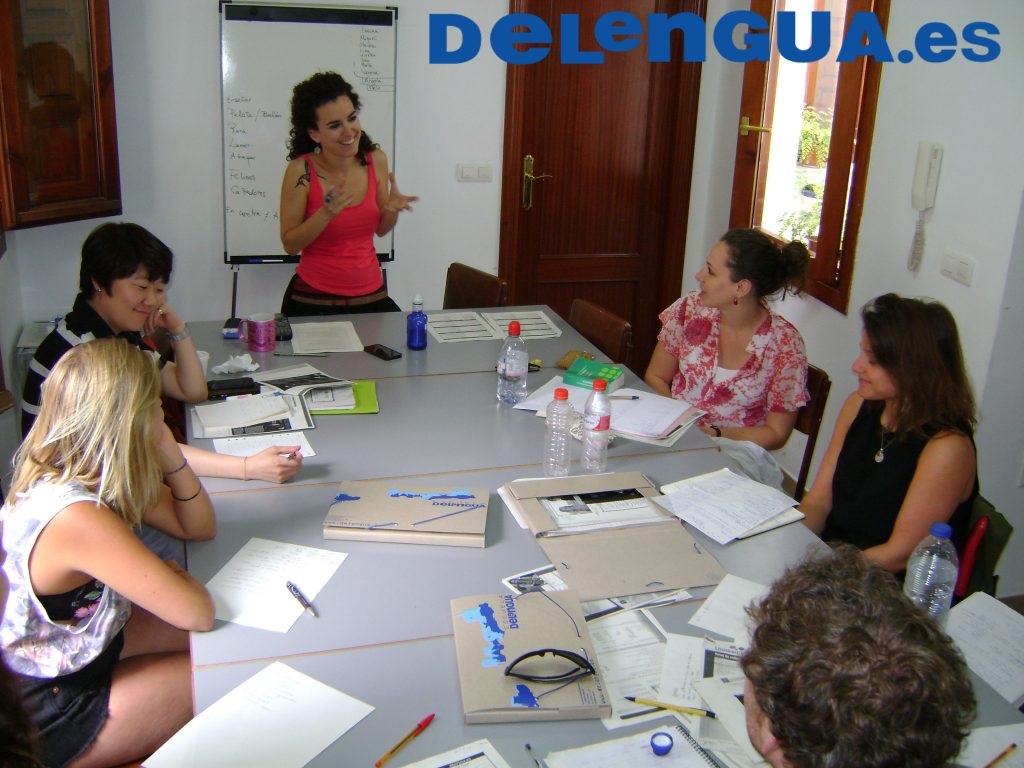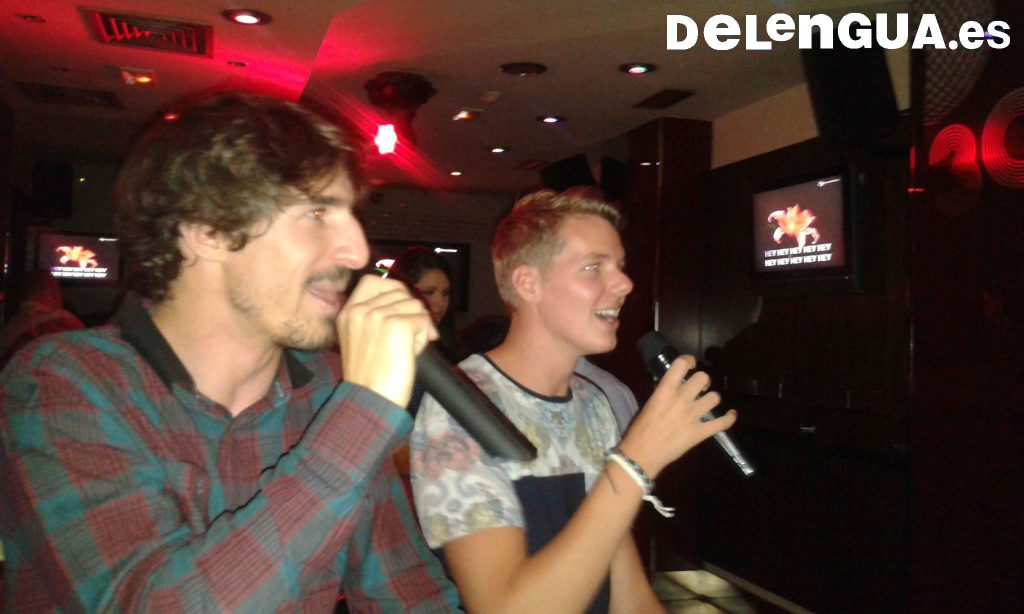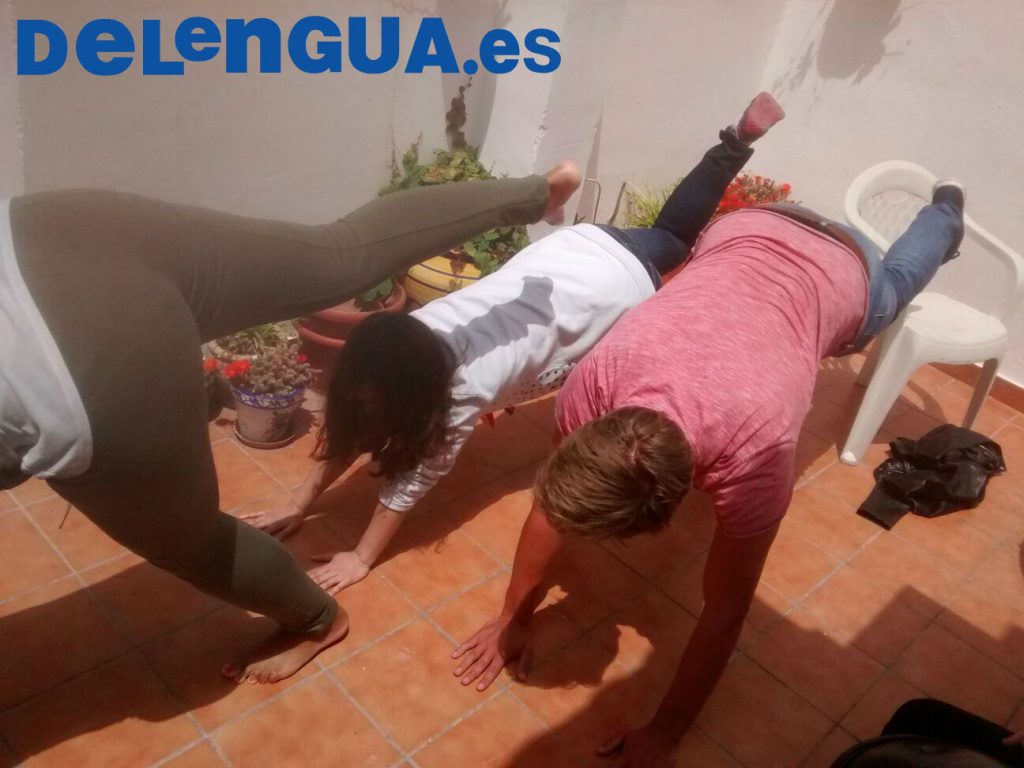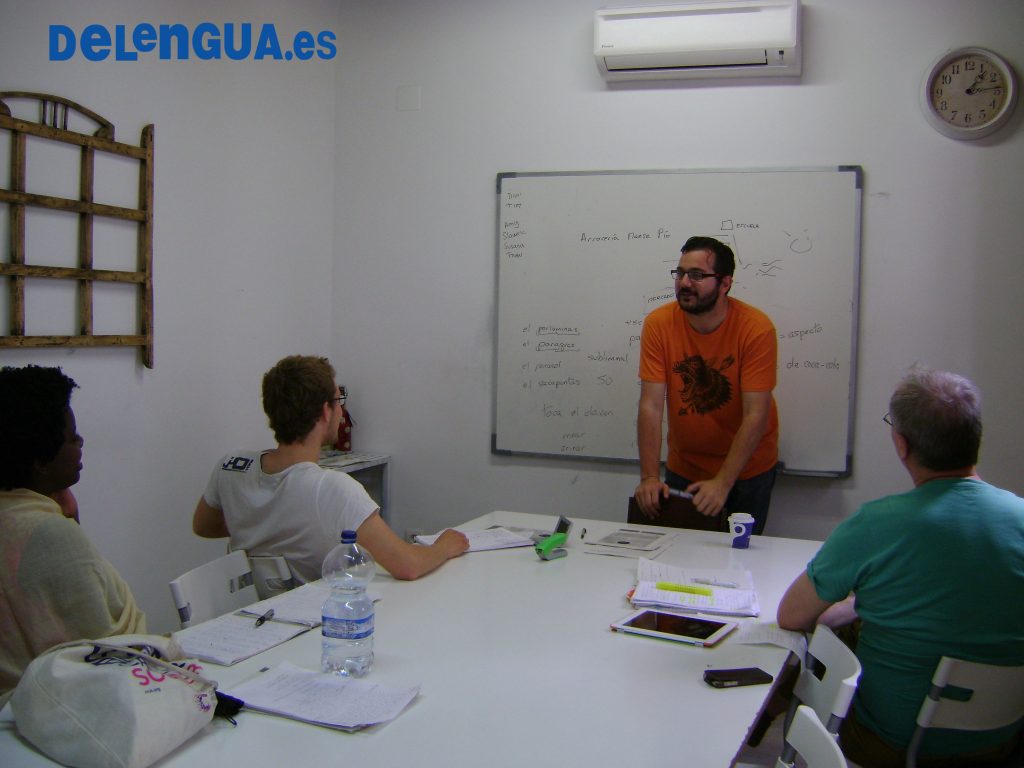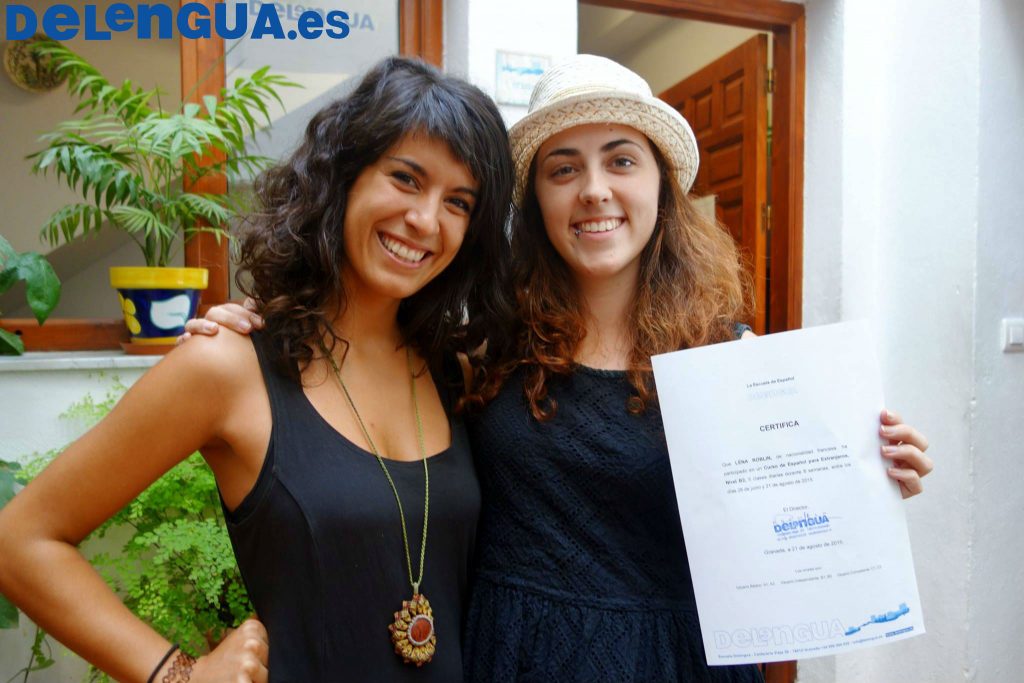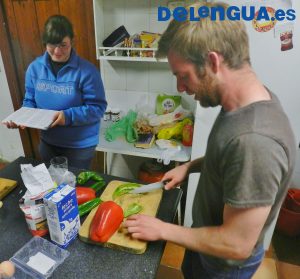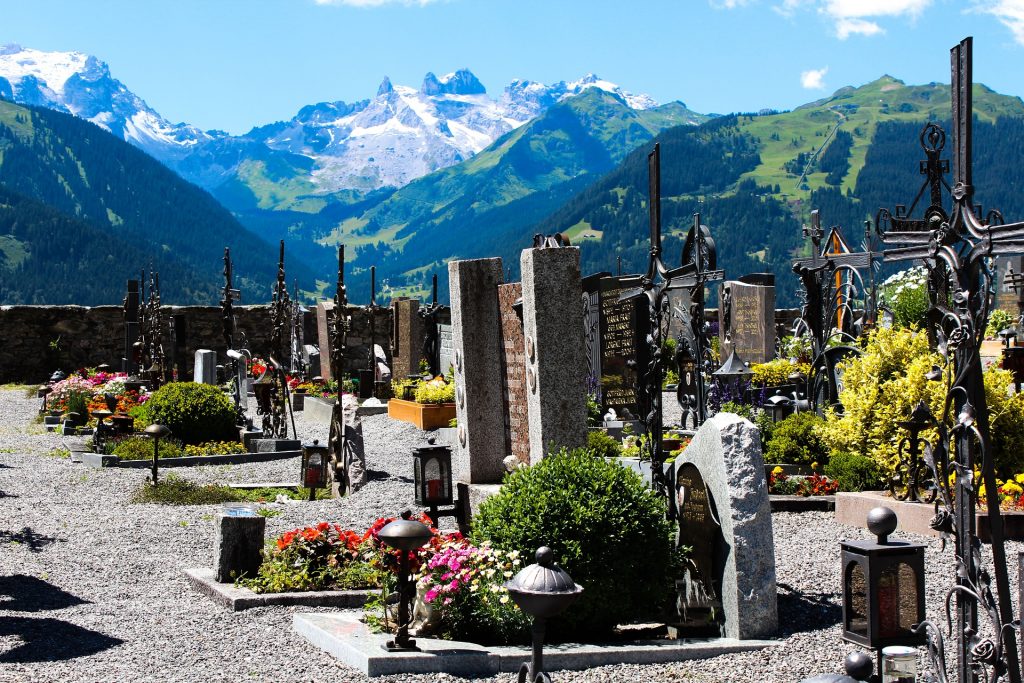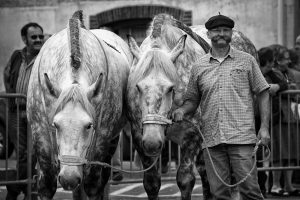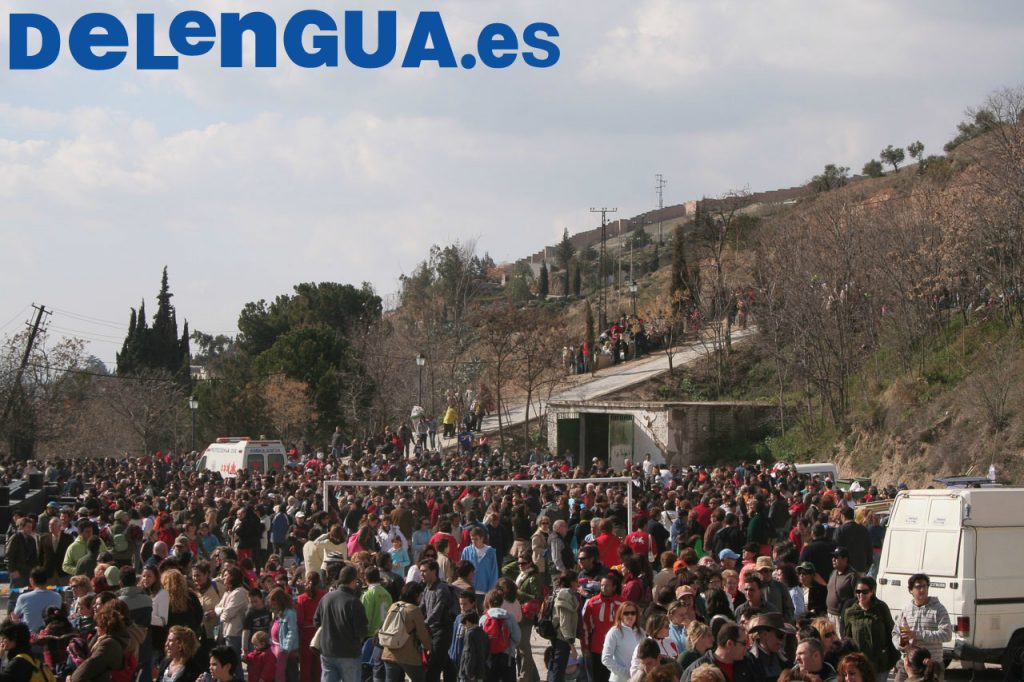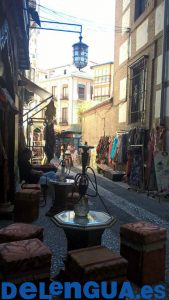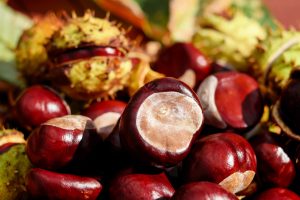
Fiesta de las Castañas
| Español | English | |
|---|---|---|
|
En los pueblos de las Alpujarras, en las afueras de Granada, el 1 de noviembre es algo más que el día de Todos los Santos: también es cuando se celebra la Fiesta de la Castaña. Hoy en día se celebra con senderos castañeros, degustaciones de castañas asadas, concursos y bailes tradicionales. Los vecinos de estos pueblos salen al campo y hacen una merienda. Recogen las castañas, las asan en el campo, cerca de los enormes castaños que existen allí (algunos de 8 metros de perímetro), y beben ‘chapurrao’ (un vino sin fermentar, con aguardiente) para avanzar la fiesta. Durante este día, se distribuyen miles de kilos de castañas: en las fiestas, sobre todo por la noche, las castañas son gratis y acompañadas por verbenas con orquestas de música.
La fiesta tiene sus raíces en la costumbre de los labradores Alpujarreños de festejar la cosecha, y hoy en día se ha convertido en una fiesta de otoño. Antiguamente, el fruto castañero fue un alimento muy importante en España, hasta el descubrimiento de América y la patata por Cristóbal Colón. Se usaban la harina de la castaña para hacer galletas y mermeladas, además de comerlas asadas. Todavía se comen mucho, y en Granada se ve castañeros en las esquinas durante todo el otoño. Visitar la Fiesta de las Castañas en cualquier pueblo de las Alpujarras te permite celebrar el otoño (una estación muy bonita en Granada y su provincia), probar las castañas (un manjar local) y, por supuesto, ¡practicar tu español! |
In the small towns of the Alpujarras, just outside Granada, the 1st November is something more than All Saints’ Day: it is also when the Chestnut Festival is celebrated. Today it is celebrated with chestnut trails, tastings of roast chestnuts, competitions and traditional dances. The locals of these towns go out and picnic in the fields. First, they collect the chestnuts, then they roast them in the fields, near the huge chestnut trees that exist there (some are more than 8 metres in diameter), and they drink ‘chapurrao’ (an unfermented wine with added liquor) to help the party along. Throughout the day, thousands of kilos of chestnuts are given away: in the festivals, especially at night, the chestnuts are free, and are accompanied by live music and open air dancing.
The festival is rooted in the Alpujarran workers’ old custom of celebrating the harvest, and it has now become a celebration of autumn itself. In the past, the fruit of the chestnut tree was a very important foodstuff in Spain, until Christopher Columbus’ discovery of America and the potato. The flour of the chestnut was used to make biscuits and jams, and they were also eaten roasted. They are still eaten a lot, and in Granada you can see chestnut sellers on the corners throughout the autumn. Visiting the Chestnut Festival in any one of the Alpujarran towns lets you celebrate autumn (a very pretty season in Granada and its province), try the chestnuts (a local delicacy), and, of course, practise your Spanish!
|




